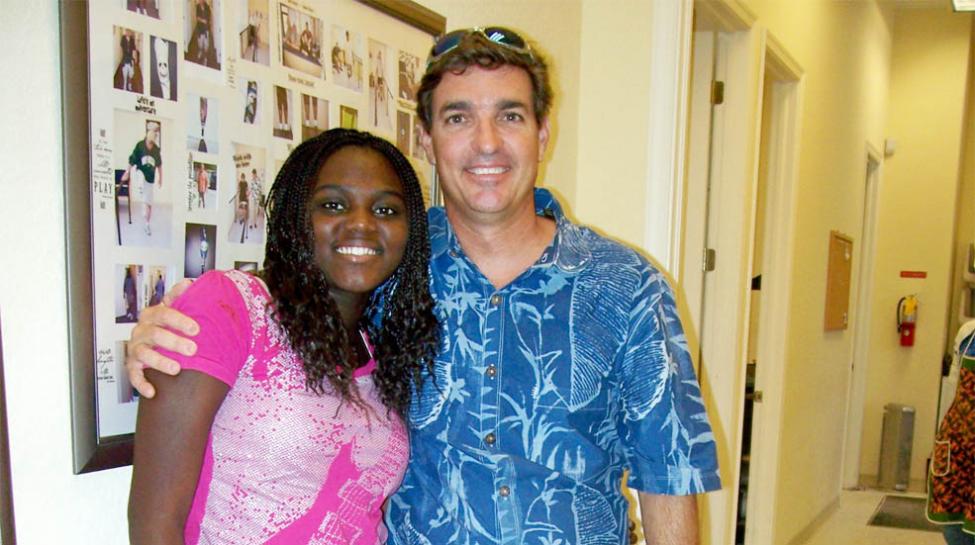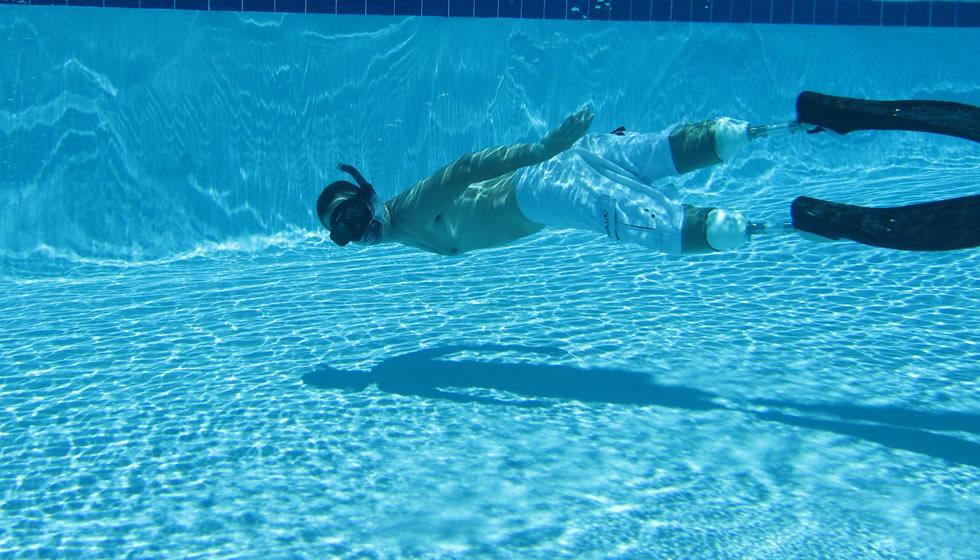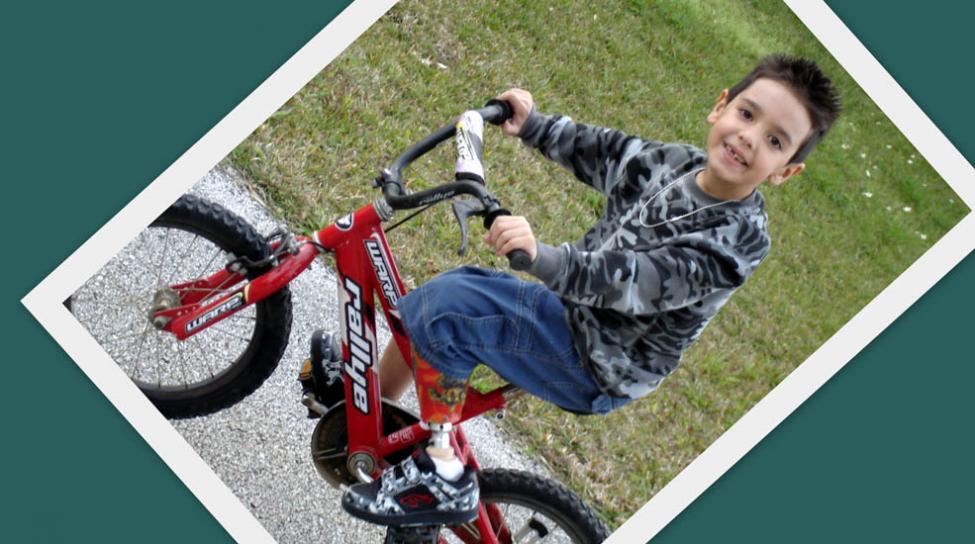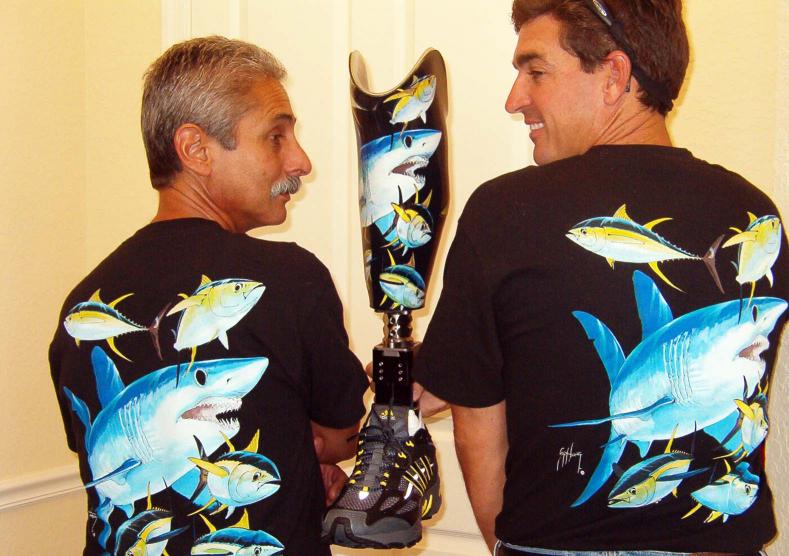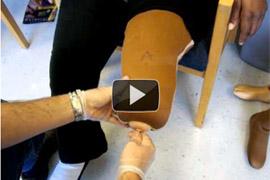Pistoning
One of the most obvious losses of suspension is “pistoning” yet I have new patients present with this regularly. Pistoning happens when your residual limb lifts out of your socket when you take weight off of it and pushes in when you apply weight. Each step your limb moves up and down in the socket like a piston. This means that every time you lift your leg, there is a delay before your prosthesis begins to move. It also means you must pick your whole leg up that much higher to clear the ground.
Recently a trans-femoral amputee came to see me. He had an INCH of pistoning every step! So he had to hike his opposite hip and vault on his toes to clear the ground with his prosthesis as he walked. The extra energy needed to walk and the loss of control were huge.
I find this often happens with above knee amputees when they use the pin locking system for suspension. To concentrate the entire weight of the leg on one focal point is often too much for that soft tissue to handle so it stretches with the weight of the prosthesis resulting in pistoning. It is also common with below knee or trans-tibial amputees, especially if they have more soft tissue.
To address this, I have developed a few of my own proprietary systems to provide suction or vacuum suspension over most, or all, of the residual limb. The result is ALMOST ZERO movement between the skin and the socket. I put the patient mentioned above in one of my systems and he could not believe the difference. “I can’t believe I walked on the other one for so long!” he said.

